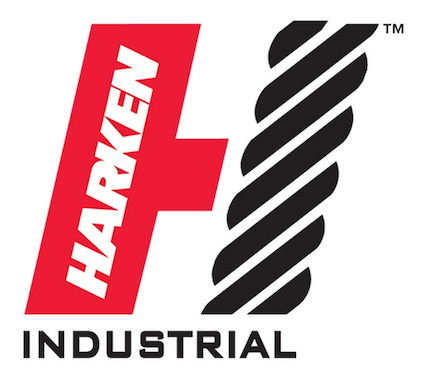One aspect of ropework that has endlessly confused people is mechanical advantage, what creates it and how to calculate it.
If we start at first principles, we note that a pulley and a lever are both simple machines, the definition of which is something that changes the direction or magnitude of a force. There are in fact only six simple machine forms; lever, pulley, wheel, screw, wedge and inclined plane (ramp). There are three classes of levers and likewise three classes of pulley since both have a fulcrum, load and resistance force. There are only three permutations for both since there are three different variations on where the components can be situated. Predominantly we will be using class 1 and class 2 pulleys in our MA systems.
A class one lever is basically a see-saw. Its pulley equivalent is an anchored pulley whose ratio of input force to output force will always be 1:1
A class two pulley is a wheelbarrow. Its pulley equivalent is a moving pulley (think of an endlessly spinning wheelbarrow) whose ratio of input force to output force will be 2:1.
So, our starting point & a great way to remember what’s what; anchored pulleys never give us mechanical advantage (they are only changing the direction of the rope) whilst a moving pulley will give a minimum 2:1 advantage.
Written by Bill Proctor
14 September 2022










